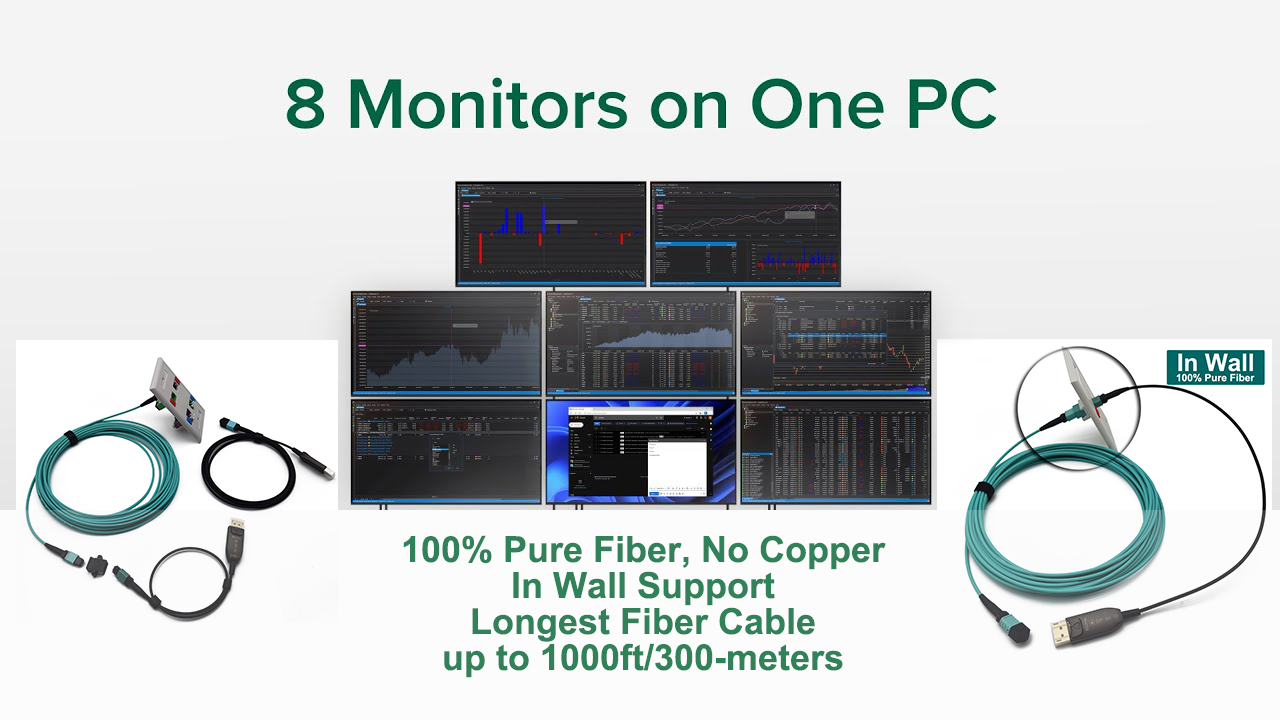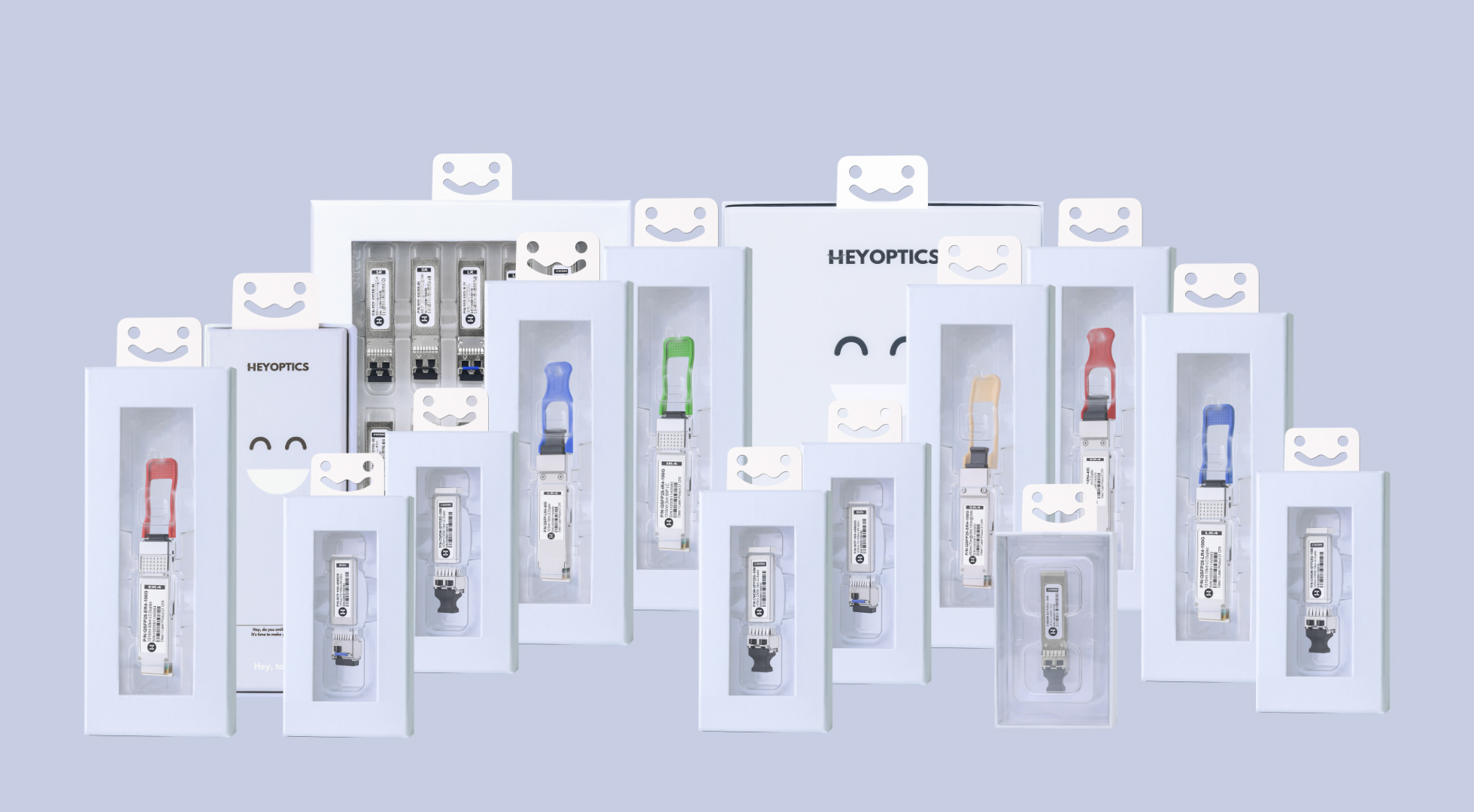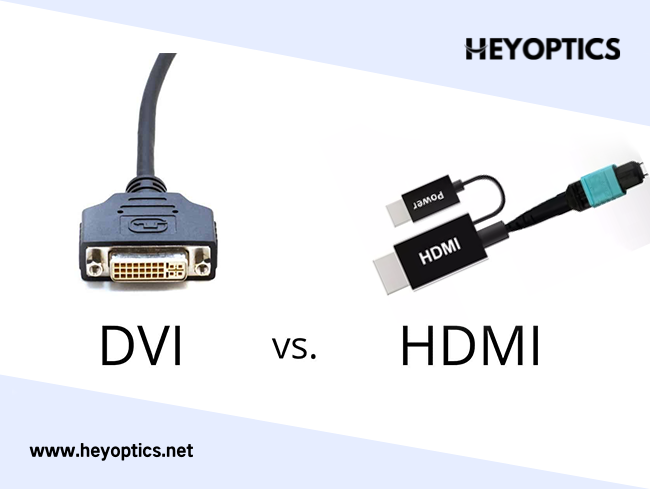Benefits of 10 Gigabit Ethernet
Are you contemplating an upgrade to 10 Gigabit Ethernet switches? Thanks to NETGEAR's new entries into fully enterprise-class 10G networking, this is a question a lot more businesses these days are contemplating. 10 Gigabit speeds are becoming affordable for more than just the largest players.
The obvious advantage to 10 Gigabit Ethernet is, of course, the speeds involved. Not every business needs that sort of speed (yet), but there are a growing number of operations that do need it. Small outfits can still deal with huge amounts of data, and those 10G speeds can make a big difference to your productivity.

The Benefits of Switching to 10 Gigabit Ethernet
Considering making the switch to 10 gigabit Ethernet? There’s a lot to unpack and think about before upgrading to this ultra-speedy Ethernet technology. Here, we’ll explore the ins and outs of this Ethernet standard, laying out the benefits of 10GB Ethernet along with some of its drawbacks. If you decide you’re ready to switch to 10 gigabits after learning more, we’ll guide you toward some excellent products to get you started.
What is 10 Gigabit Ethernet
10 gigabit Ethernet — otherwise known as 10 GbE, 10GE, or 10G Ethernet — is an Ethernet technology that transmits at 10 gigabits per second. When 10GB Ethernet came onto the scene, it enhanced traditional gigabit Ethernet’s capabilities 10 times over. This internet standard gradually became hugely popular among high-speed storage networks as well as companies and metropolitan networks, and it remains in wide use today.
Beyond its 10 gigabit ethernet actual speed, 10gb differs from prior Ethernet standards in a few ways — namely, it uses point-to-point connections that are linked by network switches.
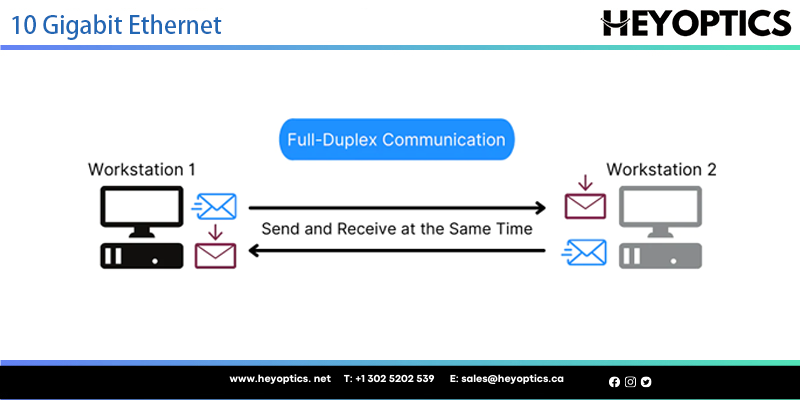
5 Advantages of 10 Gigabit Ethernet
So what are some of the advantages of this relatively modern standard? What are the benefits of a 10g network — and what considerations should you keep in mind? Let’s explore.
1. Create a Reliably Fast Backbone
In a business setting, you can’t afford to deal with crashing connections or slow speed. Fortunately, 10 gigabit Ethernet commonly provides a backbone that businesses can count on.
Speed is particularly important in a professional setting where a high number of clients and employees need to be connected at one time. 10 gigabit Ethernet can relieve the pressure on your system and ensure that everyone around your company can access the services they need in real-time. Once you’ve implemented it, you can reduce traffic jams on your system, speed up your computers and trust that your connection will be consistent when you need it most.
2. Store Your Data
Computers are using more data than ever before, especially within the business world. Higher internet speeds and intense applications require a significant amount of data, which can quickly slow your traffic. If you’ve got several computers sharing bandwidth in a server cluster, it’s going to be difficult for data to store and transfer immediately. 10Gbit Ethernet can change the game and help prevent data bottlenecks for the whole team.
3. Expand Your Server Capabilities
As we’ll discuss below, your average computer doesn’t need a full 10gb Ethernet — this technology would go to waste. However, if you’re expanding beyond one computer and trying to create a server, 10gb will be a lot more useful. It provides a more convenient alternative to simply combining multiple gigabit Ethernet ports, while also increasing your connection speeds and allowing your computers to stay connected on one server. The change will also help you cut the cables and keep it simple.
4. Experience Unparalleled Speed
Speed is one of 10gb Ethernet’s greatest features. If you’re after a speedy connection, 10 gigabit Ethernet can provide the power you need. Due to its reliability and lack of interference, as well as its 10 gigabit per second capabilities, this solution is beloved for its quick data transfer.
5. Enjoy Reliable Security
When it comes to both consistency and privacy, 10gb Ethernet holds several trump cards over gigabit Ethernet and other connection variations. Its wired solution makes it resistant to external interference, such as a broken connection or lagtime. You can expect reliable quality for every device on the server. 10gb Ethernet also offers maximum security, as it’s a fully contained wire network that requires physical access to the router — unlike a wireless network, which can be accessed externally.
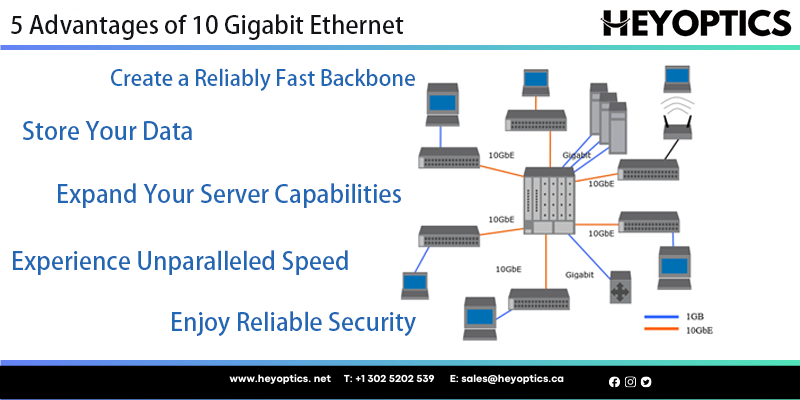
Disadvantages of 10 Gigabit Ethernet
While this Ethernet setup boasts many perks, it may not be relevant for every user. Try to determine whether 10gb is necessary for your specific purposes before taking the plunge. This upgraded Ethernet is more expensive than its gigabit Ethernet alternative, making it an investment. For that reason, it’s crucial to consider the cons as well as the pros.
- This Option Is Generally Not Necessary for Personal Use
If you’re considering upgrading to a 10 gigabit Ethernet for personal use, for example, you might want to think again. The average computer doesn’t need a 10gb connection and can cope just fine on traditional gigabit Ethernet. Unless you need a faster connection — typically for work purposes — you might find yourself paying unnecessary prices for high speed you just don’t need.
- It Can Be Difficult to Set Up
10 gigabit Ethernet can also be challenging to install and troubleshoot if you’re not very familiar with the process. In this case, upgrading may be a hassle you’re not expecting. If you still plan on making the switch, consider calling in professionals to help you get set up seamlessly.
Maximum throughput capability for Gigabit Ethernet
Maximum throughput refers to the upper limit capacity of your digital bandwidth. Specifically, your maximum throughput refers to how much data can feasibly be transferred at any one time — a number that’s usually much higher than the actual throughput used daily. Think of it as the highest speed your car can reach — which is not the speed you’re driving every day.
In theory, the maximum bandwidth on a gigabit Ethernet network refers to a node being able to send 1 billion bits per second. 10 gigabit Ethernet has data speed capable of sending up to 10 billion bits per second, tenfold the amount of original Ethernet. Any given 10gb interface on a router should be capable of this performance.
However, it’s important to note that in the real world, this speed won’t be used every second to send data, as other factors — known as overhead — will slow the process down. Factors that can influence your throughput include the amount of traffic on the network, the types of transactions occurring, and the size of files being sent.
Upgrade to 10gb network
Looking to upgrade to a 10g network? Here’s what you’ll need. It’s important to note that gigabit Ethernet can run over fiber and copper cables, which you likely already have in place at your business. If you don’t, you’ll need to purchase the required 10g network cable. A switch that has several gigabit Ethernet ports along with a few 10 gigabit Ethernet ports should suffice.
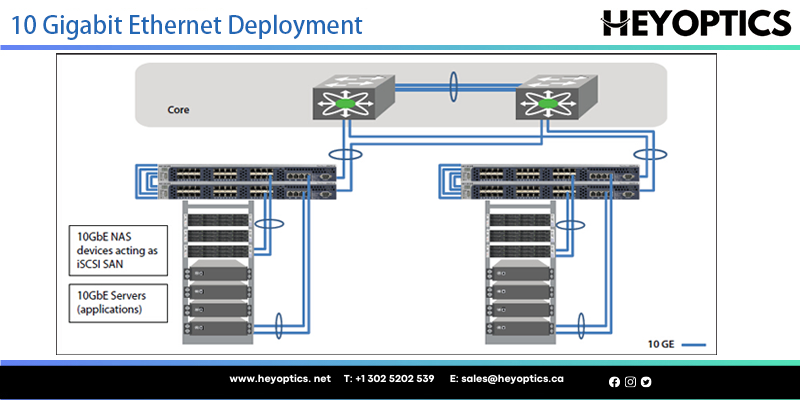
Do You Need 10G Ethernet?
After the above introduction about 10G Ethernet, those currently using 1GbE may be thinking about switching to 10GbE. However, if 1GbE is enough to meet the current needs for your applications, it is unnecessary to upgrade to 10GbE. Here are the situations that indicate you need to upgrade your network.
For individuals:
- If you are doing video editing, streaming, audio production, etc, which consumes a large amount of data.
- If your high-quality workflow always lags due to slow transfer speeds.
For companies or enterprises:
- If your businesses frequently use HD streaming, and often have large file sizes to deal with.
- If your company is growing and your number of employees is increasing, which causes user congestion on your network.
- If your networking rack is getting full, it’s only logical to replace your 1Gb switches with a 10 Gigabit switch, saving space while adding more connectivity.
Conclusion
More and more network users now want to be able to connect with any devices, anywhere and anytime with high quality, super-fast connections, and no downtime. 10G Ethernet technology provides the possibility. And for switching to a 10GbE network, you will also need other devices such as 10G switches, transceivers, copper or fiber optic cables, etc. to help you build it. Have any questions about making the 10 gigabit Ethernet switch? Heyoptics is here to help, providing all the products you need to expand your server’s capabilities and enhance your connectivity speed. Browse our inventory to find the resources you need, or reach out to our team with any specific questions at sales@heyoptics.ca.

